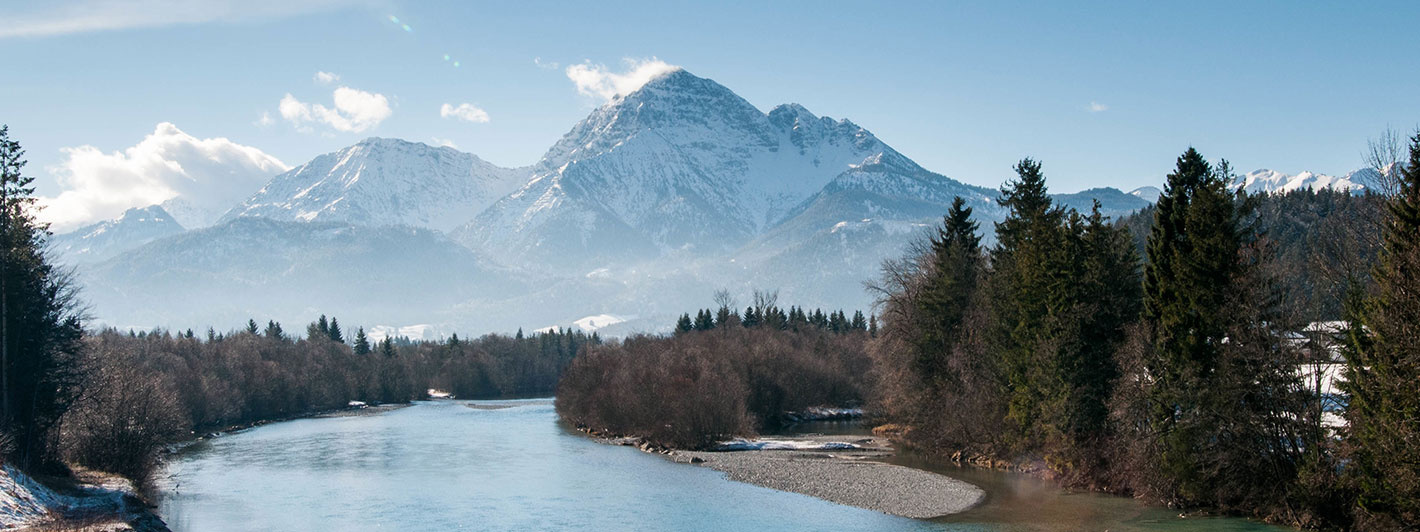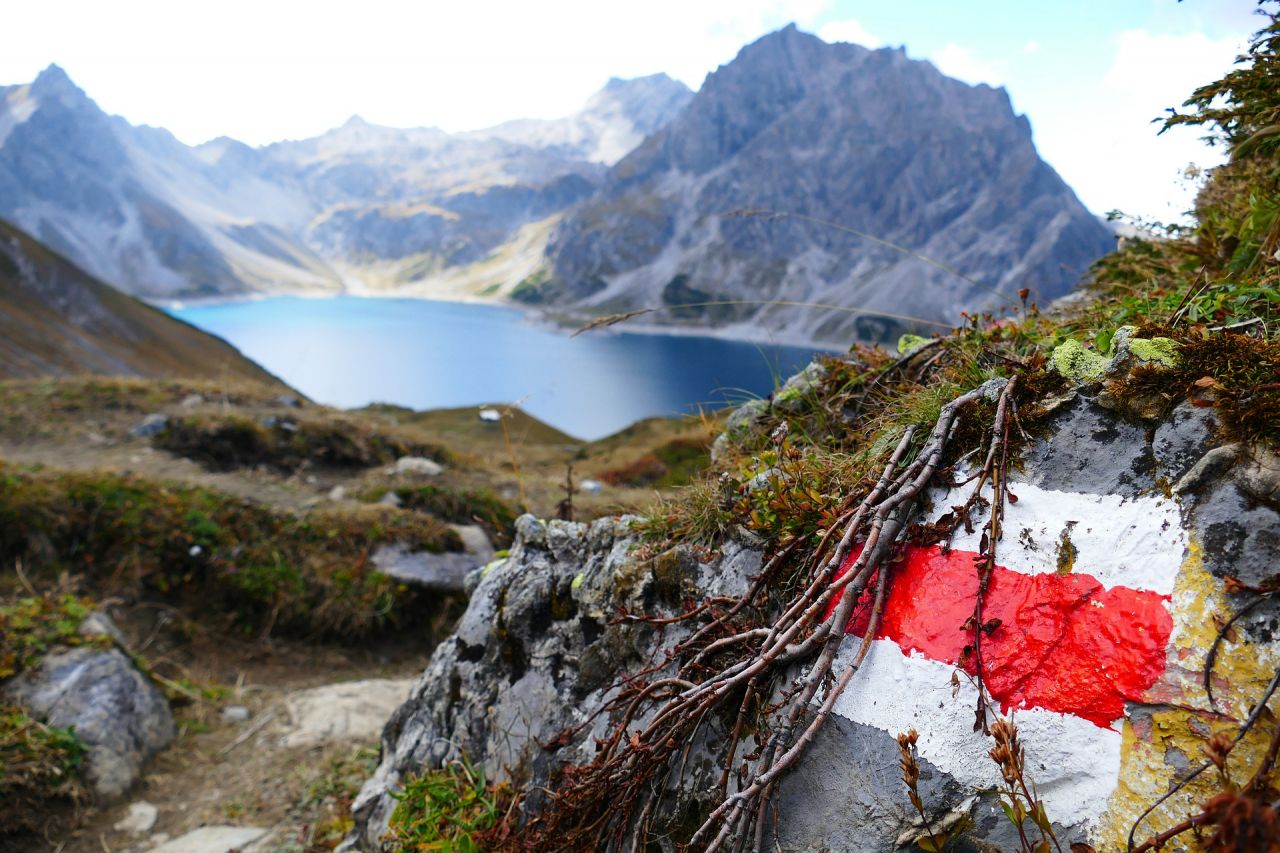Explore Citizen Science Projects
Welcome at Österreich forscht!
Here you can find everything about Citizen Science in Austria. In the future, it should be just as normal to work in a citizen science project as to be a member of an association, e. g. the voluntary fire brigade or a music ensemble. We want people to see science no longer as an elite programme, but as a process that affects all our lives, a process which is an important part of society and is worth understanding. However, the fun and enjoyment of research should not be neglected. We do not understand citizen science as an infotainment concept, but as a collaborative process through which new insights can be gained.
Recycling Heroes
- economy
- waste
The sale of electrical and electronic equipment is constantly increasing and accordingly e-waste has already become the fastest growing waste stream in the world. Our society needs to face this challenge without delay, so the Recycling Heroes project aims to raise awareness about e-waste, especially among students but also in…
Weaving techniques
- culture
Archaeological finds of textile remains give an insight into ancient weaving techniques, including fabrics from the Hallstatt salt mine dating from between 1500 and 300 BC, or finds of gold threads such as those from Ebreichsdorf in Lower Austria, ca. 1100 BC. They are scientifically analysed and reworked in the…
Mammoth wasp
- animals
The mammoth wasp Megascolia maculate is the largest wasp species in Europe with a body length of up to 4.5 cm. In Austria, a few specimens of the mediterranean species were found in Vienna and Lower Austria at the end of the 19th century. Since then, there have been sporadic sightings in…
Crows in the Zoo (KraMobil)
- animals
"Crows in the zoo" is a Citizen Science project of the Department for Behavioral and Cognitive Biology of the University of Vienna in cooperation with the Konrad Lorenz Research Center and the Zoo Vienna. The researchers aim to find out more about the species and subspecies of crows that use the…
Tea Bag Index
- land use
Can tea help us understand climate change? Yes, but we need your help! We would like you to become our research partner and take part in one of the largest experiments on soil decomposition processes at the moment!
Looking for Cowslips
- plants
- land use
In spring, scientists invite everybody around Europe to take part in the biggest cowslip observation campaign “Looking for Cowslips”. The aim of the project is to examine the patterns of flower morphological traits (i. e. heterostyly) in cowslip populations all across Europe using a citizen science approach. The citizen science…
Mineral deposits in Austria
- geology
Austria is rich in a wide range of mineral deposits. Precise documentation of both “old” deposits (e.g. mining heaps and tunnels, slag heaps) and “new” location spots (e.g. quarries, natural outcrops, road cuts, etc.) is one of the focuses of the Department of Mineralogy and Petrography at the Natural History…
GenTeam
- history
- culture
The European genealogy database "Connecting genealogists" GenTeam is a European platform of genealogical databases. Both scientists and amateur genealogists can make their data available here for free for other researchers. The cooperation of collaborators from many different countries has made it possible to compile databases that one researcher could not…
Citree
- plants
- land use
With the Citizen Science Project "CITREE" a crowdsourcing instrument for monitoring the growth of urban trees, will be developed and used. It builds on the "Sparkling Science" project "Woody Woodpecker", which deals with the growth, structure and function of wood. Urban trees fulfill a variety of functions, such as improving…
The “Blick ins Dickicht” project is dedicated to the search for the smallest native dormouse – the hazel dormouse. Until now, only very little has been known about this rare small animal. In order to learn more about its way of life and also how best protect it in working…





